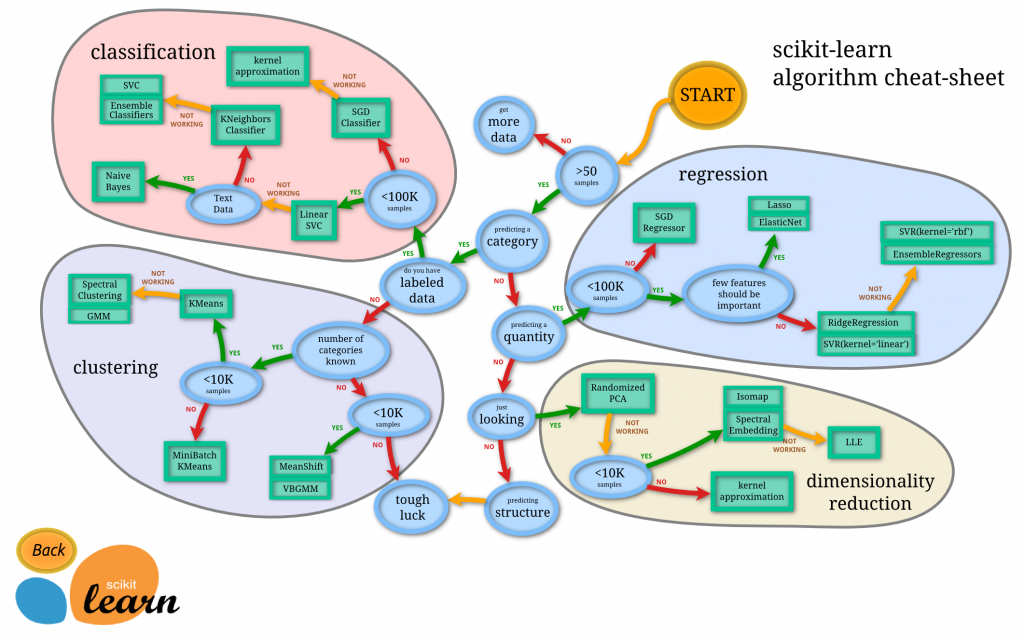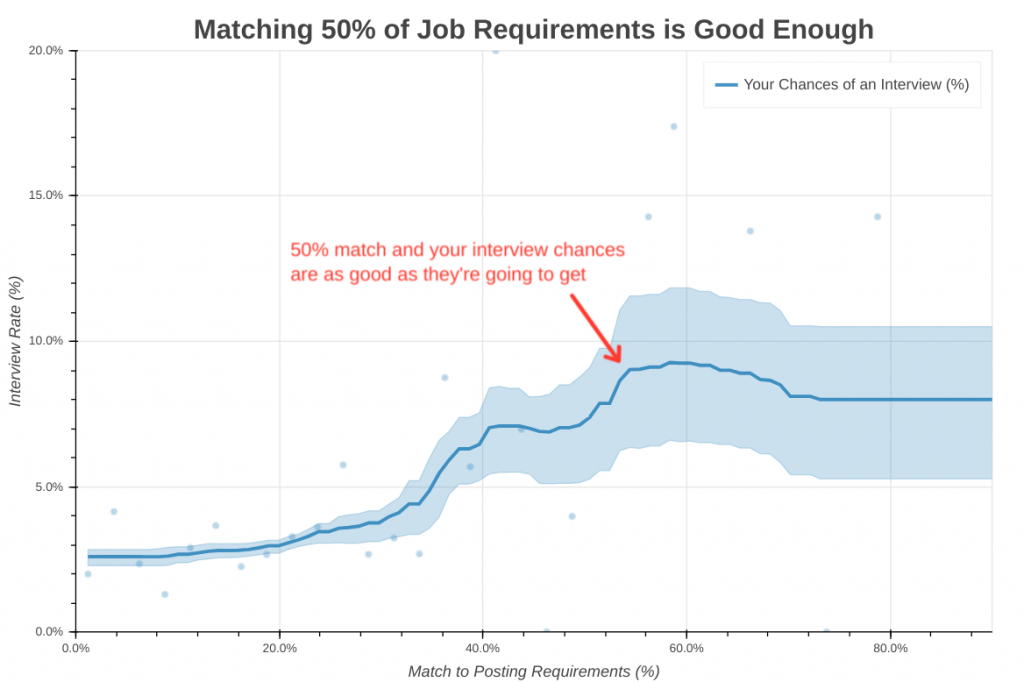
If you are looking for the replacement of the ever-bloating Evernote, check out Notable. It’s an Open Source, cross-platform, markdown-based note-taking application.

Eurostat published the results of the survey studying the living conditions across European Union. The numbers are a couple of years outdated, but I don’t think things have changed dramatically during this time.
Cross-country comparisons (see Figure 5) reveal that in 2016 more than half of the population in Croatia (51.4 %) and Cyprus (59.8 %) reported having difficulty or great difficulty in making ends meet, while this share rose to more than three fifths of the population in Bulgaria (61.7 %) and to more than three quarters of the population in Greece (76.8 %); more than half the populations of the former Yugoslav Republic of Macedonia (55.5 %; 2015 data) and Serbia (63.9 %) also faced difficulty or great difficulty in making ends meet.
On the other hand, less than 1 in 10 persons in Sweden (7.6 %), Germany (6.9 %) and Finland (also 6.9 %) reported facing difficulty or great difficulty in making ends meet; this was also the case in Norway (5.4 %).
Found via In-Cyprus.com.

Here’s a good collection of cheatsheets for anyone involved with Big Data and machine learning. Whether you are already well versed in the subject, or just starting, I’m sure you’ll find something useful.
And while we are on the subject of machine learning, check out this repository for examples in Python, theory and math explanations behind many algorithms involved.

The Science of the Job Search, Part VII: You Only Need 50% of Job “Requirements” – is a nice article in the series, with a few interesting numbers. The one that stands out the most is:
You’re as likely to get a job interview meeting 50% of job requirements as meeting 90% of them.
This sounds about right. And it also explains how the recruiting is still around, with all those ridiculous requirements in every other vacancy.
Slashdot is running a story, which is both insightful and hilarious:
Research published in a major medical journal concludes that a parachute is no more effective than an empty backpack at protecting you from harm if you have to jump from an aircraft. But before you leap to any rash conclusions, you had better hear the whole story. The gold standard for medical research is a study that randomly assigns volunteers to try an intervention or to go without one and be part of a control group. For some reason, nobody has ever done a randomized controlled trial of parachutes. In fact, medical researchers often use the parachute example when they argue they don’t need to do a study because they’re so sure they already know something works. Cardiologist Robert Yeh, an associate professor at Harvard Medical School and attending physician at Beth Israel Deaconess Medical Center, got a wicked idea one day. He and his colleagues would actually attempt the parachute study to make a few choice points about the potential pitfalls of research shortcuts.
They started by talking to their seatmates on airliners. […] In all, 23 people agreed to be randomly given either a backpack or a parachute and then to jump from a biplane on Martha’s Vineyard in Massachusetts or from a helicopter in Michigan. Relying on two locations and only two kinds of aircraft gave the researchers quite a skewed sample. But this sort of problem crops up frequently in studies, which was part of the point Yeh and his team were trying to make. Still, photos taken during the experiment show the volunteers were only too happy to take part. The drop in the study was about 2 feet total, because the biplane and helicopter were parked. Nobody suffered any injuries. Surprise, surprise. So it’s technically true that parachutes offered no better protection for these jumpers than the backpacks.